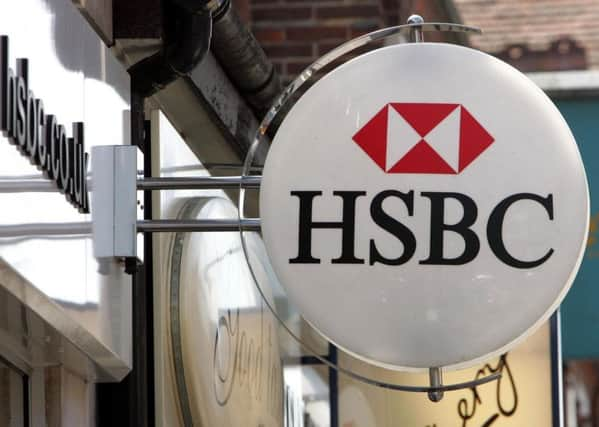Martin Flanagan: US rate rises a springboard for HSBC
This article contains affiliate links. We may earn a small commission on items purchased through this article, but that does not affect our editorial judgement.


The latest one-fifth fall in headline profits is due to a somewhat arcane issue – a change in the accounting of the fair value of the bank’s debt.
• READ MORE: HSBC picks AIA chief as Douglas Flint’s successor
Advertisement
Hide AdAdvertisement
Hide AdBut, drilling down, chief executive Stuart Gulliver had a decent tale to tell. Underlying profits in the first three months of 2017 are up 12 per cent, and the capital cushion backing HSBC’s lending is up to an impressive 14.3 per cent from 11.9 per cent a year ago.
Since the financial crash, such capital ratios and return on equity are even more the twin touchstones of a bank’s strength and operational efficiency.
Like many of its major international peers, HSBC’s investment banking division had a good start to the year. But, in addition, its retail and wealth management arm has benefited from rising US interest rates.
In fact, the latest results are testimony to the argument for being a universal bank with a global footprint, rather than a narrow bank in either activity or geographical focus. Conversely, the strong results from UK-centric and investment bank-light Lloyds Banking Group last week shows that either business model can work if done well.
HSBC has also continued taking billions of pounds out of its cost-base to improve its balance sheet. Some investors hoped the improved financial heft might lead to enhanced dividends or another share buyback.
But, probably wisely at this stage of recovery, HSBC has decided to stay its hand. The bank will have a new chairman later this year when AIA Group boss Mark Tucker replaces the Scots-born veteran Douglas Flint in the autumn, and a new chief executive when Gulliver is expected to step down next year.
Advertisement
Hide AdAdvertisement
Hide AdThen is soon enough to ascertain the macro-economic climate, what capital is needed for the new boss’s strategy and what can be returned to investors. For now, investors can take comfort that HSBC looks more surefooted again.
• A raft of strong trading results from the Footsie does not mean we can avoid an economic Brexit backwash. About 80 per cent of the FTSE 100’s earnings are from overseas.